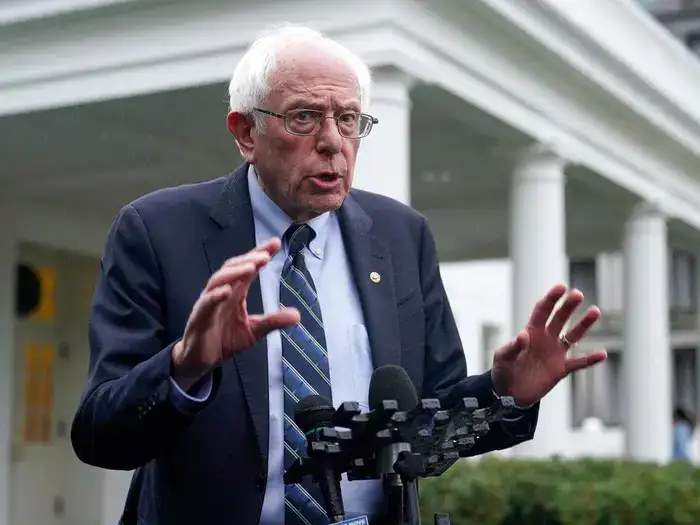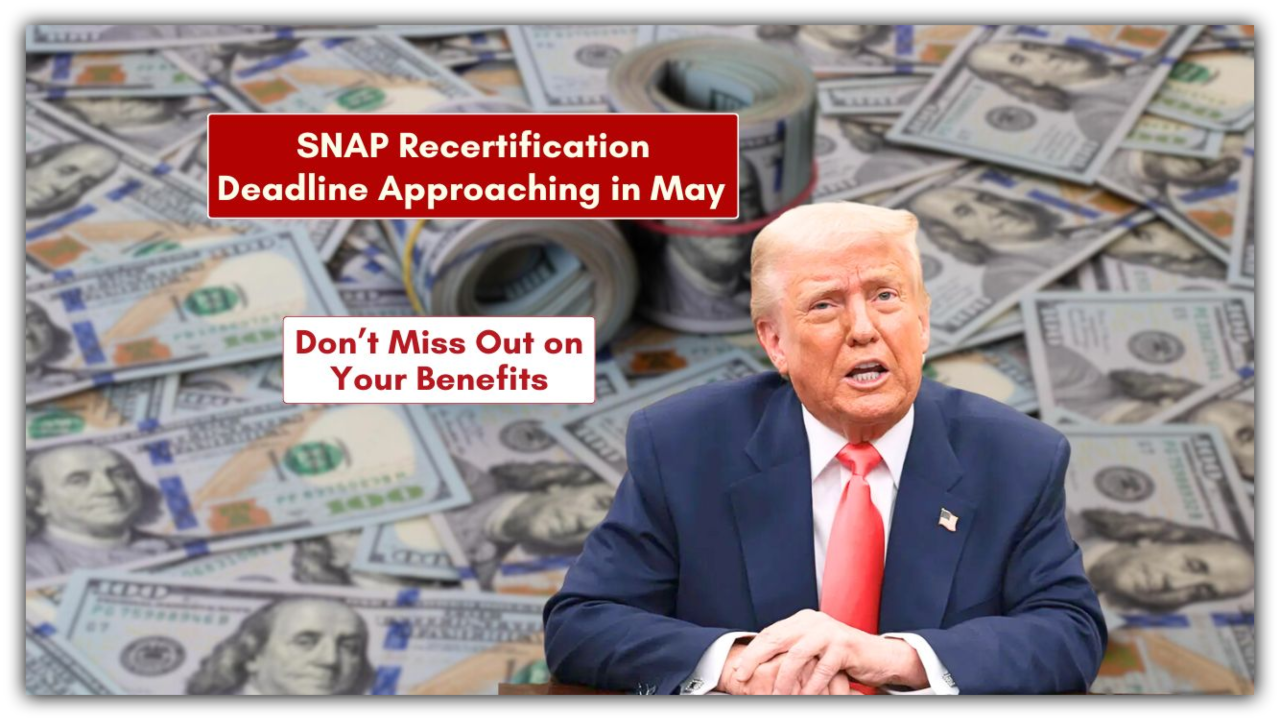Parents all throughout the country might start noticing an increase in the price of childcare in four months.

Congress Gave $52 Billion To Help Daycare Sector, But Money Runs Out
According to the Department of Health and Human Services, Congress gave nearly $52 billion to states during the pandemic to assist the daycare sector, helping 220,000 childcare providers stay afloat.
But according to a recent Senate study, $37.5 billion of this money will run out on September 30, which could have serious ramifications for these service providers and the families that depend on them.
Finding and affording daycare has remained a challenge for many Americans, even with the added financing.
READ ALSO: The LIHEAP Customers Energy Credit Application Period Begins June 1 – Check Requirements
Childcare Costs Have Increased 115% Since 2000, Leading To Closures And Hikes In Fees
Childcare costs have increased 115% since 2000, far outpacing the 74% increase in general inflation. According to the advocacy group Child Care Aware, the average yearly cost of daycare in the US in 2021 was about $10,600 per child. According to a Department of Labor report published in January, the cost of child care for one child ranges from 8% to 19% of the median family’s income. Some daycare centers have had to close their doors or take fewer children since they have failed to attract personnel.
The National Association for the Education of Young Children surveyed more than 12,000 early childhood educators, and the results were mentioned in the Senate report. When financing runs out, 43% of childcare center directors surveyed stated they will have to hike fees.
Providing states with more childcare funds may be difficult. While Senator Sanders is not alone in his desire to boost money, the debt ceiling debate has demonstrated how hesitant many members of Congress are to increase federal expenditure.
Aside from spending issues, some representatives believe more time is required to assess how existing money has been spent – and what impact they have had. The US Government Accountability Office estimates that solid answers to these concerns may not be available until 2025 or 2026.
READ ALSO: Worst Cities To Own A Home In The United States: Check To Find Out




